IT’S ALL ABOUT MARBLE GRANITE SLABS FOR YOUR KITCHEN SPACE BY BHANDARI MARBLE GROUP
There are a lot of options, most you wouldn’t be using in your everyday space like a kitchen or bathroom, so we’ll only go through some of the more popular ones in the market right now. But first, there are three things to consider before running out and buying that milky white marble with gorgeous blue-gray veining you just saw on Instagram.
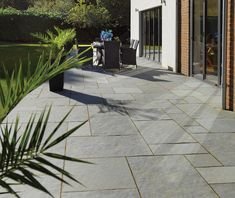
Today, we’re talking to you all about stone slabs for your home, how to pick them, and the pros and cons of each. And while EHD has had its fair share of kitchen and bathroom designs, we’re by no means the absolute pros, so to fill in the missing pages from our own research, Brooke, our amazing contact at Bedrosians (where we got most of our slabs for the mountain house), set up a call so we could pick the brains of a few people in the company. Going for natural stone can be a commitment, but stick with us and you might just end up with the stone of your dreams.

MARBLE
Let’s chat about marble first because in case you’ve been living under a rock (ha!), you know that people are absolutely obsessed with marble. I know that you know that we here at EHD are obsessed with it, too. (I mean, how can you not be?! Have you guys seen that Montclair Danby marble in the Portland kitchen and media room wet bar?
While there are many different types of marble (the variety of colors in veining is from the different minerals present in the areas that they are quarried from), the most popular ones are Italian marble. You might have heard of them: Carrara, Calacatta, and Statuario. Keep in mind though that for whichever type of marble you’re looking at, there are different grades within each type depending on where exactly they were quarried from (meaning that cost can really vary, though on average, marble is about $50-$100/sq ft, a rare Roman Calacatta Gold marble could range from $80-$260/sq ft).
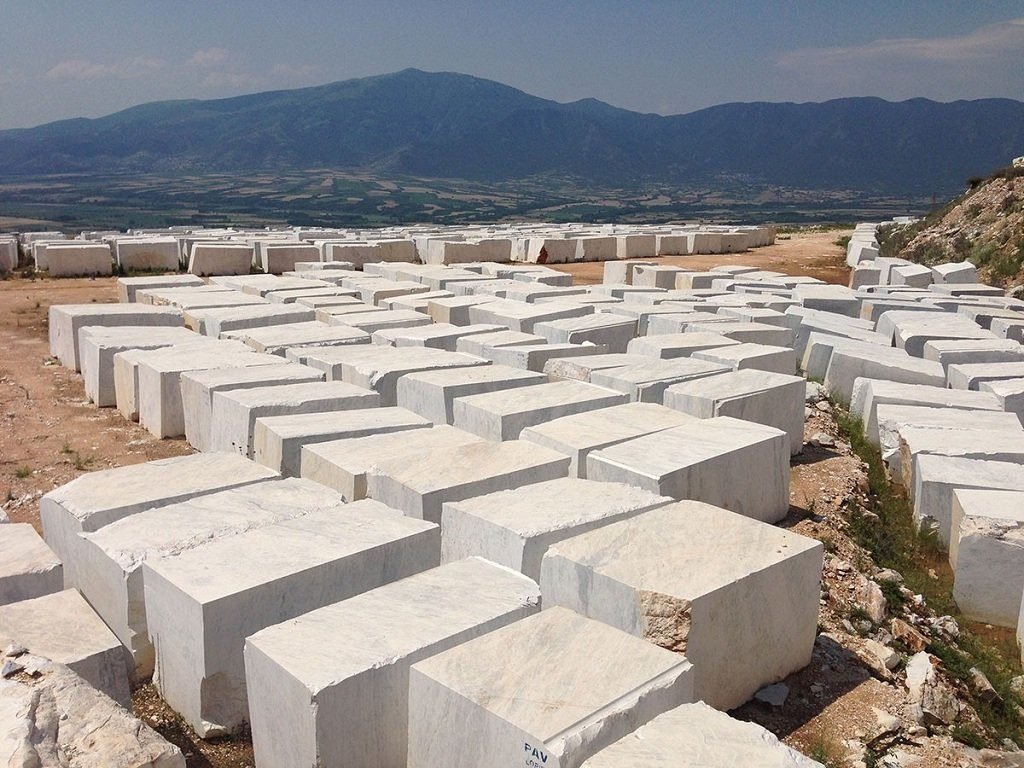
Which one is the best and most low-maintenance of all??” I wondered the same thing, so I asked our friend Michael. Short answer: there is no difference between the three in terms of porosity (ability to absorb liquid). All marble, no matter where it is quarried from, is composed of calcite. So while it looks like a tough material, calcium is still going to be sensitive to acid no matter what. Lemons, wine, vinegar, and other acidic items are not marble’s friend and will cause etching. The acid essentially dissolves an area of your marble surface as it reacts with calcite; think science class volcanic eruption experiment minus the mega explosion!
A similar problem can happen on marble flooring, as Anne from Bedrosians’ PNW market told me. In one of their showrooms with polished marble flooring, daily foot traffic over the years has self-honed a pathway and you can see a dullness contrasting with the polished stone on the rest of the floor. But do not despair, not all is lost! You can still have your house where marble dreams are made of! Here’s how:
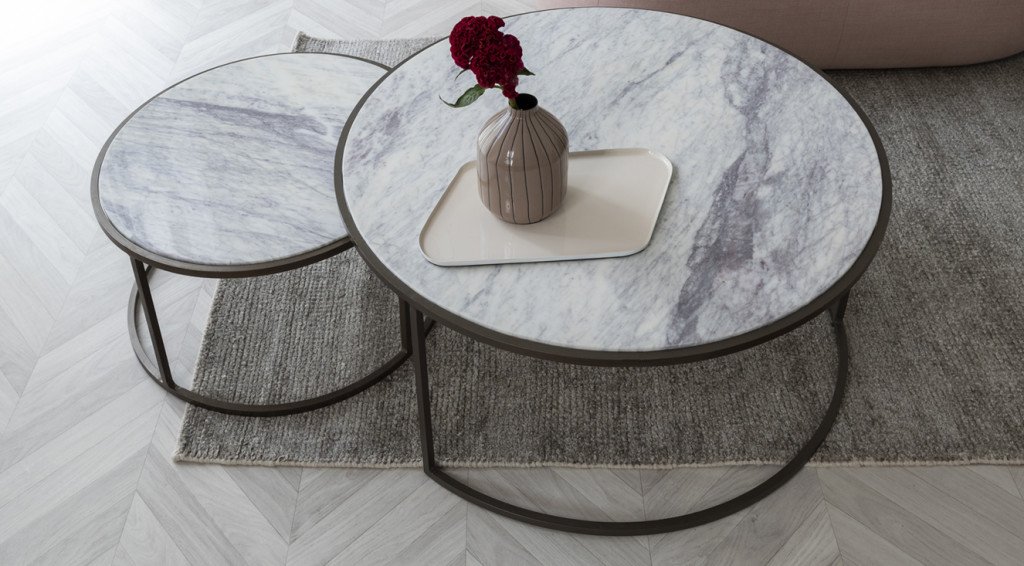
Get a sealant for your marble (or any other kind of natural stone) and make sure to reseal it every couple of years. Your fabricator will usually do this for you during install, but for future reapplication, you can get a $20 to $60 a bottle from your local hardware store. An impregnating seal is recommended by stone companies for harder stones due to the solution being made up of smaller molecules, allowing it to get into the stone a lot easier.
You can choose to hone or leather your marble to help hide blemishes, etching, or dullness (though this will also etch your marble a little bit easier). Honed marble will give you a matte and smooth finish, while leathered marble will give you a matte and textured finish. In simplistic terms, the textured finish is achieved by going at your marble with a sander and acid wash.
Every one to two years (depending on the amount of action your marble gets), have a professional come in to repair your surface for a couple of hundred dollars (depending on what it’s been through). They’ll bring in their sandpaper or polishing pads and make your marble look pretty damn close to new again! Don’t be afraid that it is easily scratched and is not acid-friendly because YES, marble can be restored, and the patina that it gets overtime is also the desired look by some.
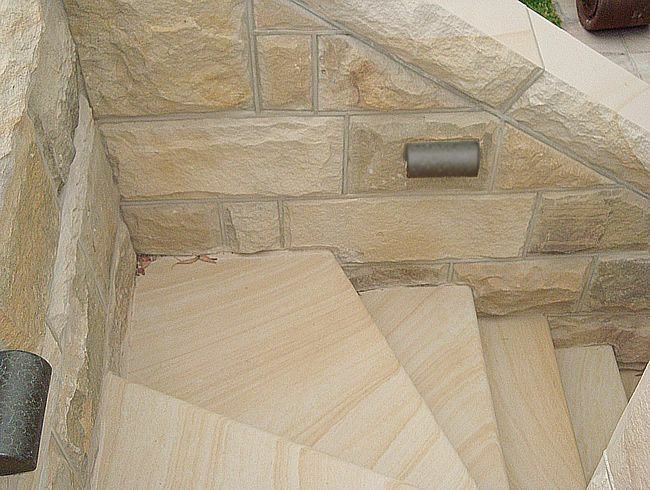
Sealing will not necessarily prevent your marble from etching, or from getting scratched for that matter. It’s not the hardest of stones in the grand scheme of things; Michelangelo did sculpt from it after all. Make sure you’re using a cutting board and wiping spills right away. If you think of looking at marble on a microscopic level, picture the letter “W” with the troughs being tiny little pores that get filled with sealant; in this scenario, the pores get filled and become protected, but on some level, the three tips of the “W” are still exposed and prone to being etched or stained.
GRANITE
Granite is a silica-based rock that typically has a speckled look from crystallized minerals that formed and cooled underneath the earth’s surface. I read on this one geology website that in the stone industry, granite is any stone that you can see visible grains from that are much harder than marble. This is where you get your granite varieties the standard speckled granite is probably pegmatite and something with visible bands is probably gneiss, but let’s not get into that. We’ve all seen the usual builder-grade kitchen countertop, but similar to marble, there are different levels of granite, some with very beautiful flowing patterns and mottling in various colors.
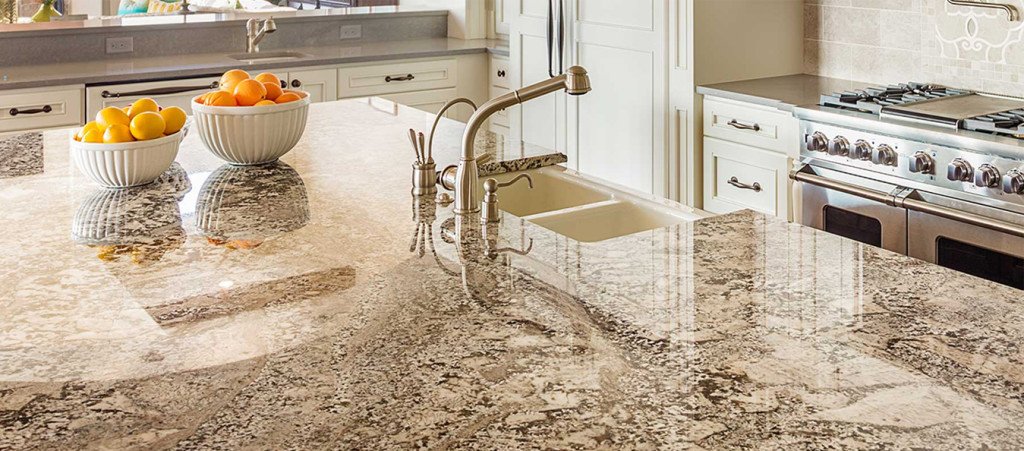
You can get a more standard granite for the low, low price of ft even, but on average it is similarly priced to marble at sq ft. Once you get to the mid to upper ranges though think sq ft and up, you can get some really pretty stone with lots of different colors that make up its pattern. Because it is considered to be a hard material. it’s great for kitchens and areas that will take a beating. If areas do get chipped, repairs are fairly easy as you can get a professional to refill chipped or cracked areas with some granite dust and epoxy resin, color-matched to your specific stone.

It’s not as porous as marble, so you don’t really have to worry about staining and wiping spills right away. your fabricator or installer for the type of sealer they used on yours so you can get the same one for future reapplication; sometimes different sealants react badly with one another. Granite is also one of the more heat-resistant stones so no need to worry about having to place a too-hot baking sheet directly on the counter. That said, be careful with slow cookers and such appliances that retain heat for long periods as they might crack your surface.

If you’re able to find a slab that speaks to you, it can kind of be just as pretty as marble for a relatively similar price, but without all the upkeep and maintenance of actual marble.
Not to be confused with quartz which I’ll address later, quartzite is characterized by streaks and striations that are kind of similar to marble, and can also come polished, honed or leathered. But unlike the softer marble, quartzite is much harder and durable a 7 on the Mohs Hardness Scale—marble is diamonds a for instance.
Just like with every other natural stone, it should be sealed during installation, and resealed over time, to protect it from stains and other abrasive materials. Strong chemicals, in general, could ruin a stone’s sealant over time. Because it is not a very porous material, is scratch-resistant, and is not sensitive to acid, it’s a great alternative for shower surrounds and hard-working kitchens. Remember that striking emerald stone you guys picked for the Mountain house kids bath.

That’s quartzite! It’s also UV-resistant so they are great for indoor and outdoor use without having to worry about fading issues from sun exposure. So now you’re thinking, Enough already, Grace, you’ve sold me on quartzite. My job here is done. Almost. You might be surprised to find out that marble is in fact not the most expensive of stones out there. That distinction goes to none other than our quartzite friend over here; on average being $60-$120/sq ft though it can definitely get even more expensive.
Our stone expert friend Michael says that because quartzite is typically harder to find and quarry it’s such a hard material that they need diamond cutters for the job, its price and fabrication costs can cost you a pretty penny. But hey, if you’ve got the change to spare and you’re looking for a striking and low-maintenance natural stone alternative to marble, quartzite just might be the one for ya!
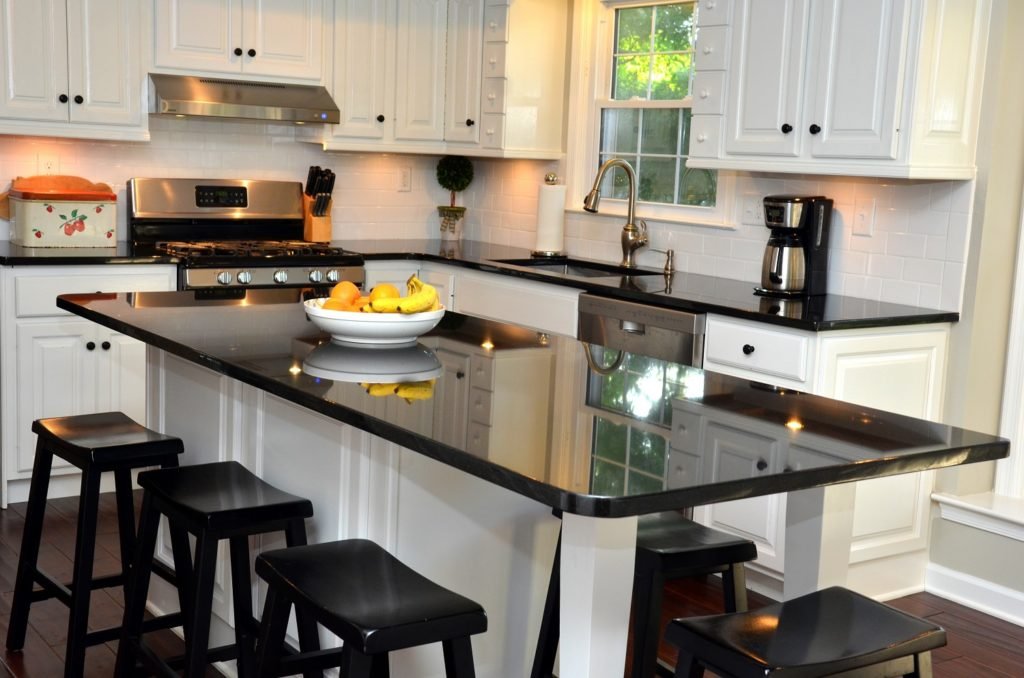
If you’re looking for other options that won’t break the bank as much, but will most likely endure many accidents and mishaps, you should consider composite stones, aka engineered stone. Guys, meet quartz and porcelain!
it’s finally here! the mountain house kitchen reveal.
Quartz countertops are not to be mistaken with the mineral quartz rose quartz, amethyst, and the likes, yes, I’m talking about those same crystals that you have in your intention corner for positive vibes. In the stone industry, quartz countertops are a type of engineered stone made up of loose quartz mineral aggregates, mineral pigment, and a binder usually resin.
I’m sure we’re all familiar with the cream surface with tiny little speckles throughout, but quartz can actually come solid or even textured as well. And you might be surprised to find out that you can get it in a polished, honed, lightly textured, or rough finish. They can be used in practically the same way as natural stone, as countertops, vanities, cladding, and even flooring. Quartz counters in the mountain house kitchen, but went with a solid color to let the wood of the cabinetry shine. It’s a stylistic choice, but also a lifestyle choice because she didn’t want to spend her time up there babysitting countertops and because they’re engineered and makes use of resin as their binder, they’re non-porous, durable, acid-friendly, and generally requires no additional sealing.
A low-maintenance stone for a low-maintenance You can cut all the lemons you want for your spa water and peel all the oranges you need to get that perfect twirl for your old fashioned. But quartz’s greatest feature is also its greatest downfall: that same resin used to bind it in production makes the stone sensitive to heat! So unless you want to burn marks on your precious countertop, don’t put extremely hot things on it! And by extremely hot, I mean anything above 300F. That’s what a trivet is for guys! Or a towel, that works, too.
If you’re thinking of using quartz for that outdoor kitchen you’ve been dreaming of, you should know that it’s not very UV-friendly like quartzite. When placed outside, there’s a high chance that sun exposure will cause fading and none of us would want that for you.
One of the best things about using porcelain countertops is that you can use high definition inkjet printing technology to get photos of natural stone or any pattern really printed onto your porcelain slab. Your stone company should have a database of high-resolution patterns that you can choose from.
WHAT IS YOUR LIFESTYLE?
Listen up! This is, hands down, the most important tip of all (and everyone that we talked to at Bedrosians agreed—thanks Michael and Anna!). Think about your lifestyle and how you are as a person. Dig deep, guys. Are you an extremely busy person who is normally running late in the morning and don’t have time to meticulously clean up a massive spill as you frantically run out the door, or are you a helicopter parent to your surfaces? This is a safe space. There is no judgment here. You can be honest with yourself. Wherever you lie on this spectrum, there is a perfect stone for you. For instance, as I’m sure you’ve heard, marble is soft and picks up stains easily while something like engineered quartz or even natural quartzite are much harder stones that resist chipping, scratches and wear-and-tear.
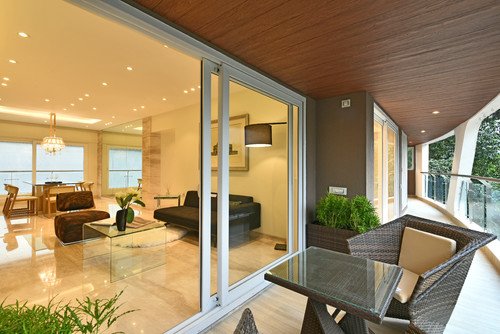
WHERE IS THIS STONE GOING TO GO?
Now that you know your capabilities, think about where you want to put this dream stone of yours. Kitchen countertop? Bathroom vanity counter? Shower floor and surround? A wall feature? In each of these areas, the stone will be exposed to different kinds of traffic, liquid (wine, citrus, vinegar, products, etc.), and level of moisture. Certain stones will definitely work better in some areas than others, though that’s not to say that they should never be used in non-recommended areas. We just want you to be aware of the stone’s limitations so that you know how to properly care for it.

WHAT’S YOUR BUDGET?
Make sure you come up with a realistic budget for yourself (with maybe a cap on how much you’re willing to spend) before you start choosing and wanting to buy everything to your heart’s desire. To give you a quick rundown about pricing (don’t worry, we’ll go into specifics in a bit), on average, granite and marble are generally similarly priced, travertine, and limestone are cheaper, and quartzite is more expensive because it is harder to find and quarry. In general, these are the factors that determine the price of your stone:

Stone is usually sold polished, but some might be available pre-honed. For our stone slabs in the mountain house that were honed or leathered, our fabricator found a guy who was able to add the finish for about $650 a slab.
BEAUTIFUL STONE WHEREVER YOU WILL FIX IT WILL DEFINITELY GIVE YOU LUXURIOUS LOOK
Marble is a stone famous from ancient times. From very old times marble is in use by people all over the world. Many of our heritage monuments are built from this stunning natural stone. Its smooth eye-catching texture can attract you whenever you look at it. This beautiful stone is a world in itself. You can use marble for multiple reasons from flooring to home accessories everything can be made with this attractive stone.
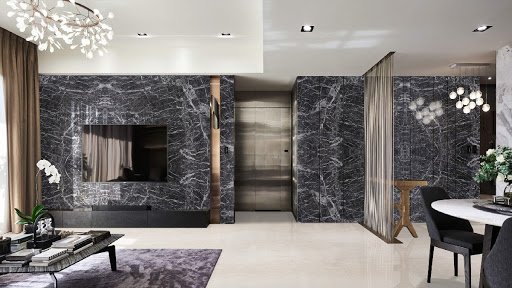
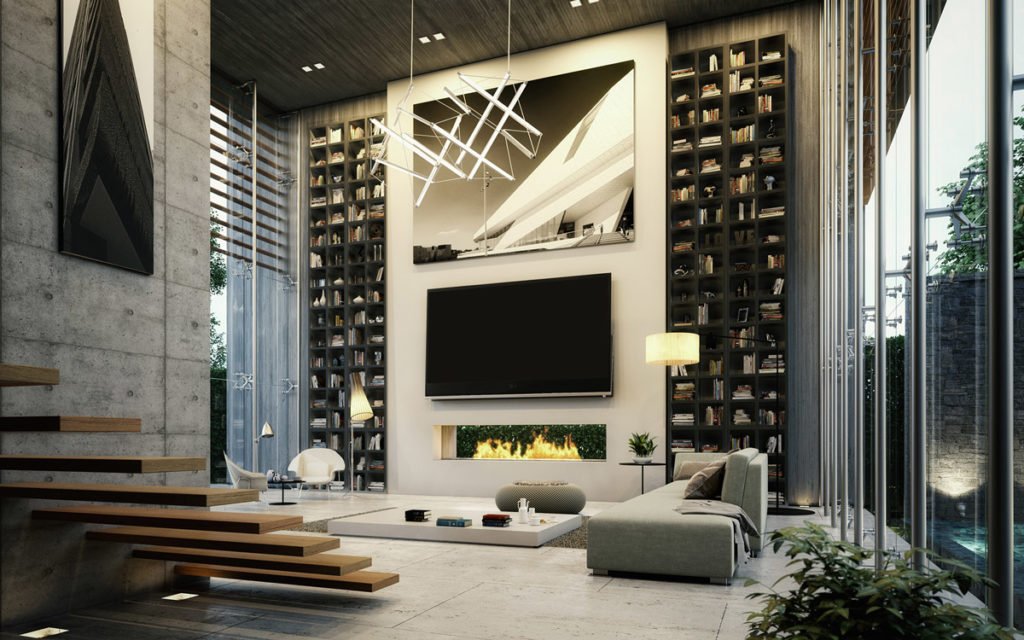
Why consider marble for homes?
Nowadays also marble is popular in homes. When it comes to flooring most people go with marble as it is one of the best options. Do we have ten reasons which will help you to know Why to consider marble for homes?.
Luxurious Touch
Marble is one of the beautiful stones wherever you’ll fix it; it will definitely give you a luxurious look. This is the only beautiful stone with extreme shine which highlights the beauty of your interior with its shining tone. Because of its lavish feel, people choose marble over other stones. Whether the space is small or big marble always impresses people.
Timeless Beauty
Marble is a great beautiful stone that never loses its shine and stays in the same condition for a very long time. Everything made of marble is flawless. People also use accessories made of marble to give some different look to their house.
From your bathroom to basement marble is useful everywhere. You can choose any design or color to maintain the look of your house.

Long-Lasting
If we talk about the lifeline of marble it is very long. You don’t need to replace it for a small duration of time. Marble can be used for a long time even marble can stay in the same condition for some generations if you keep it properly. Marble is a long time useful material. It never loses its shine and durability.
Natural Stone
Marble is a naturally beautiful stone famous from ancient times. It is a metamorphic rock formed when limestone is exposed to high temperatures and pressures. Being a natural stone it has all the important features you need for flooring or countertops.
Not Much Expensive
Everybody thinks that marble is a very expensive stone and it is not affordable. But the fact is marble is expensive stone except for some type of marble which comes in less range.
From 30 /-Square Feet to 1800 /-Square Feet marble varies from this price range. You can choose marble according to your budget and requirements.
TrendSetter
Marble never goes out of trend. It is in trend from the last many decades. Because of marble’s beautiful designs and patterns, it never becomes outdated. As compared to other stones marble gives you vibrant features that always keep marble on trending.
Less Maintenance
If your marble is properly installed and sealed the maintenance will not be much. You only have to clean it with a dry or damp cloth on an alternate basis. This is one of the great reasons why people go with marble. Because everyone has a lack of time so in this case, people prefer less maintenance stone.

Matches every style
The best part about marble is it can match any style of furniture. You can use it with any kind of interior decoration. From contemporary to traditional look, marble is suitable for every interior setup. Marble is always elegant and stylish and adds an organic touch to more modern types of decor.
Patterns and colors
Marble comes in various shades, hues, colors, and patterns. As it is a natural stone the pattern can very rarely the same. Every time you’ll get different or slightly different patterns.
It makes marble unique. From milky white to some dark black tone, every color has its own qualities and uniqueness.
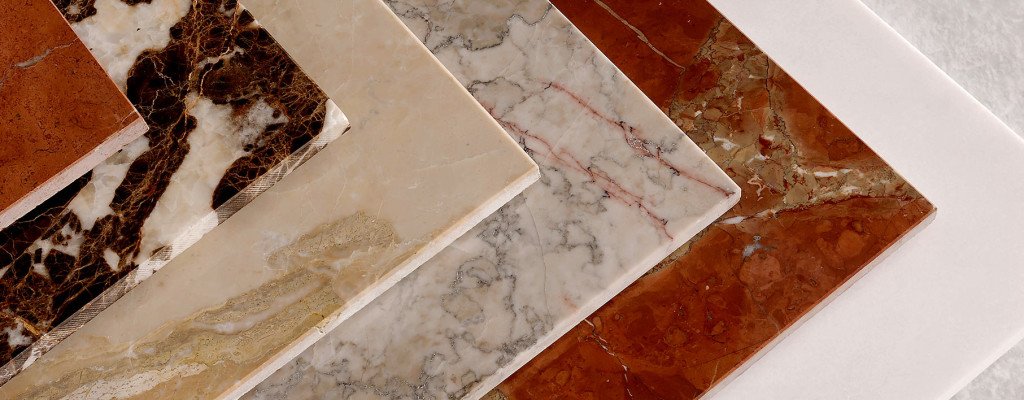
Durable Material
For homes where the crowd is less and things used are not way too much bulky, marble can be durable for those homes. You can also use marble accessories which are also durable and attractive. Marble is an amazingly durable stone for indoor flooring, countertops, home accessories, etc.
Conclusion
Marble is everyone’s favorite for home design because it is such an adaptable stone. While generally thought of being used as countertops, flooring there are plenty of ways to use marble in interior design. Marble has been a common, even fashionable material for indoors. Strong and gorgeous, marble has a good impression as excellent coverage.
However, over the years, marble has gained a reputation as a demanding material that requires a lot of maintenance and is easy to scratch, stain, and damage. It’s also considered luxurious, compared to other types of stones.
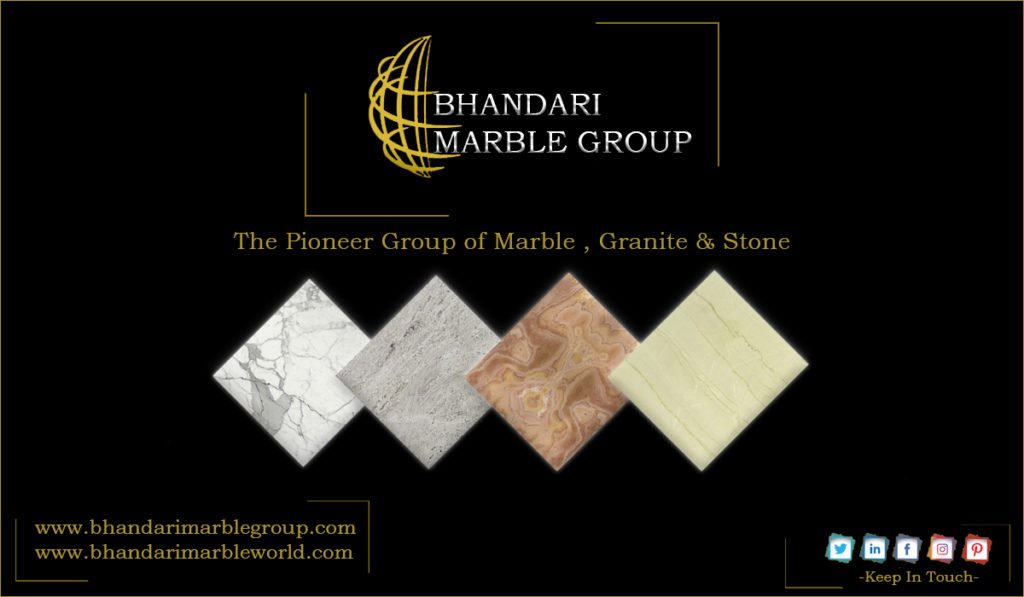
In the end, marble is making a return in design magazines, websites, and books which is creating it beautiful choice for all.




